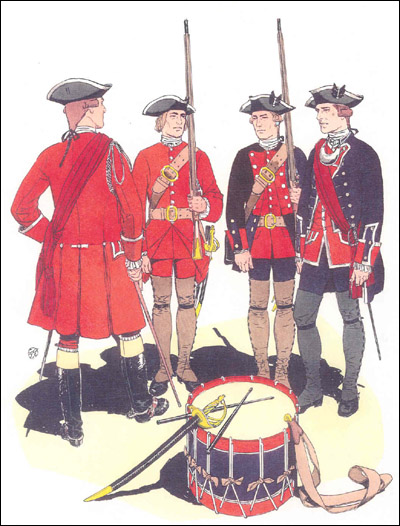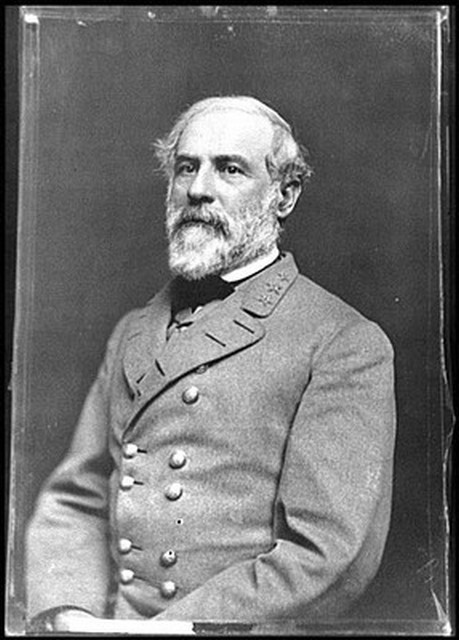The American Battlefield Protection Program announces the awarding of 27 grants totaling $1.3 million to assist in the preservation and protection of America’s significant battlefield lands. The funds will support a variety of projects at battle sites in 17 states or territories.

St. Clair’s Defeat, 1791
Included:Ball State University
Indiana
$54,416
On November 4, 1791, at the Battle of Wabash, American forces suffered their worst defeat ever at the hands of American Indians. In 1773 General Anthony Wayne build Fort Recovery on the site of the battle. On June 30, 1794, 2,000 American Indians attacked the fort but were repulsed after a two day battle. Ball State University and its partners intend to hold a series of public consensus meetings in support of Fort Recovery. This project will also amend the National Register nomination to include more of the landscape.
County of Chester
Pennsylvania
$58,073
The Battle of the Clouds on September 16, 1777 was fought between General George Washington and Sir William Howe as the British were marching on Philadelphia. The battle was called off prematurely due to a large storm which destroyed most of Washington’s ammunition and forced him to withdraw. This project builds upon the County of Chester’s work with both Brandywine and Paoli and is intended to identify the threatened landscape on this sparsely documented battlefield. These findings, along with those from Brandywine and Paoli, will eventually be used in a comprehensive Preservation Plan for the entire Philadelphia Campaign in the County of Chester.
The Research Foundation of State University of New York
New York
$56,194
One of only two major engagements of the Revolutionary War’s Sullivan-Clinton Campaign, the Battle of Chemung was fought two weeks before the better known Battle of Newtown. This ambush on Continental forces by American Indians produced more casualties than Newtown, and the burning of New Chemung became a case study of Continental strategy and tactics for the frontier Campaign. An archeological survey will be used to help better determine the battlefields’ defining features as well as to assess their condition. This information will be entered into an existing GIS in support of a future preservation plan and National Register nomination.
Saratoga P.L.A.N.
New York
$21,425
The Battles of Saratoga culminated in 1777 with the surrender of British forces under General Burgoyne. This American victory reinvigorated the war effort and is seen as a turning point in the Revolutionary War. This project will interpret the fighting at the battle of Fish Creek, one of the battles of Saratoga, with several interpretive kiosks and an interpretive trail. Working with the nearby Saratoga National Historical Park, the interpretive trail will also be integrated into other interpretive trails in the area.
University of Southern Indiana
Indiana
$60,241
Following the American Revolution, the former colonies were determined to demonstrate their authority over the territory known as the Old Northwest and to deter Indian attacks against American settlers. In 1791 the Charles-Scott Campaign was launched to deter the American Indians along the Wabash River. This project will use a magnetometer survey to determine subsurface deposits and the potential location of one of the Indian villages along the Wabash. This baseline data will aid future preservation efforts.
Full list: http://www.nps.gov/history/hps/abpp/grants/battlefieldgrants/2012grantawards.htm








